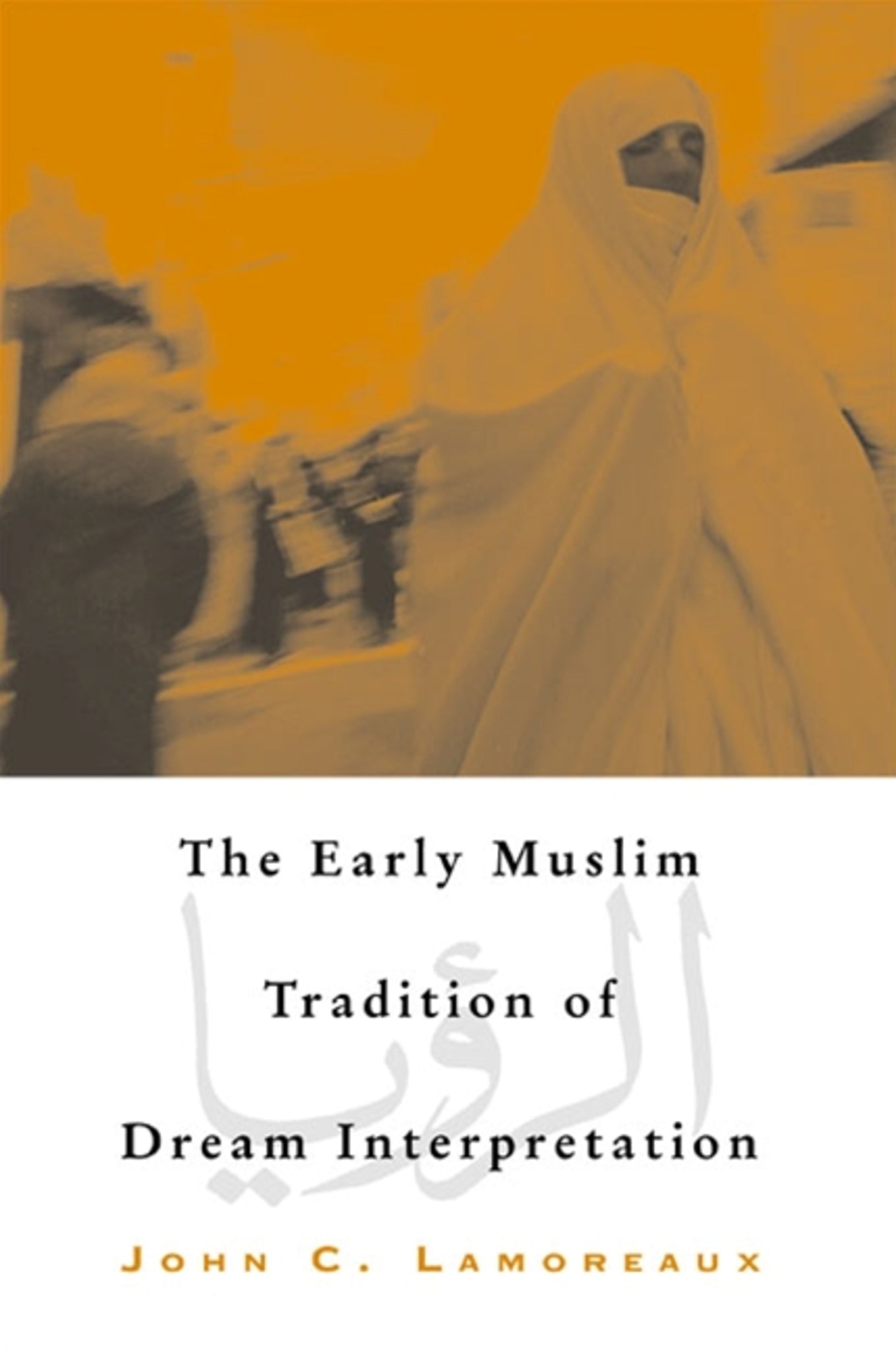We're sorry. An error has occurred
Please cancel or retry.
The Early Muslim Tradition of Dream Interpretation

Some error occured while loading the Quick View. Please close the Quick View and try reloading the page.
Couldn't load pickup availability
- Format:
-
09 May 2002

Explores dream interpretation among the early Muslims, who saw dreams as a type of prophecy.
Reportedly, the prophet Muhammad told his followers that after he was gone prophecy would come only through "true dreams." Based on this and other statements, early Muslims created what might be called a theology of dreams. Dreams were regarded as an important means used by God to guide the faithful, especially after the cessation of Koranic revelation. However, since these dreams were often symbolic, they required interpretation, and early Muslims wrote numerous manuals dedicated to deciphering their meaning. Utilizing manuscripts preserved in Middle Eastern mosques and libraries, this book offers the first comprehensive account of the early Muslim tradition of dream interpretation. In addition to describing how and when the tradition developed, author John C. Lamoreaux discusses the social context in which dream interpretation arose and its role in the intellectual life of the time. He demonstrates that early Muslims considered dream interpretation a fully orthodox theological discipline, one sanctioned both by the Koran and the example of the prophet Muhammad.


"The book is tightly structured, and both information and arguments are lucidly presented … [it] is remarkably clean, as well as handsome, in addition to being a valuable work of scholarship." — Journal of Near Eastern Studies
"…provides a detailed survey of the orthodox Muslim dream literature up to the end of the eleventh century." — Speculum
"This is an outstanding scholarly work of impressive scope and depth that is also a fascinating read. Lamoreaux makes cultural history exciting." — Alan Godlas, University of Georgia
Acknolwedgments
Introduction
Dream Interpretation and Divination
Context, History, and Disciplinary Boundaries
Scribes and Selective Mediation
The Structure of This Study
1. From Anecdote to Formalism
Khallal and the History of Dream Interpretation
The Legacy of Ibn Sirin
Kirmani and the Beginnings of a Written Tradition of Dream Interpretation
The Dream Manual of Ibn Qutaybah
The Dream Manual of Sijistani
Conclusions
2. The Fracturing of the Tradition
Hunayn b. Ishaq and the Arabic Version of Artemidorus
Qayrawani: A Shari ah-Minded Interpreter of Dreams
The Dream Manual of the Litterateur Dinawari
Kharkushi: Sufism, Dream Interpretation, and Tradition
Ibn Sina: Philosophy, Dream Interpretation, and the Legacy of Hellenism
Conclusions
3. Homogeneity and Imitation
The Contours of the Early Muslim Oneirocritic Tradition
The Contents of the Early Muslim Oneirocritic Traditions
Conclusions
4. Dream Interpetation and Orthodoxy
Finding a Koranic Foundation for Dream Interpretation
Dream Interpretation and the Prophetic Traditions
Dream Manuals and Their Readers: The Case of Andalusia
The Diary of a Hanbali Interpreter of Dreams
Conclusions
5. Dream Interpretation, Hellenism, and Non-Muslims
Dream Interpretation and the Christians of Late Antiquity
The Dream Manual of Ps. Achmet
Bar Bahlul's Book of Signs
Conclusions
Conclusions
Dream Interpretation as an Islamicate Discourse
Dream Interpretation as an Ecumenic Discourse
Appendix. Early Muslim Dream Manuals
Notes
Bibliography
Index



